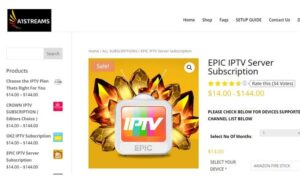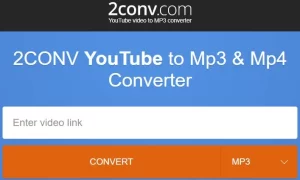The objective of this article is to examine the following two challenges, and propose solutions based on the Authors experience of more than 10 years marketing and selling software in Europe:
– Identifying sales opportunities for enterprise software at mid and large companies
– How a multi-cultural Europe presents it s own unique challenges to this
The sales lead generation process for technology companies is very different from lead generation in other industries. Technology sector needs are much more precise: the target audience is much more difficult to reach; the products or services are generally complex, high-value, and high-end; and the evaluation and selection process can be quite long, taking months, if not years, to bring the target from initial contact to closing the sale.
Leads in the technology sector are not discovered simply by a reference or a cold-call. Leads are nurtured from simple possible interest in services right until the final purchase decision. In traditional lead generation, the target could be anyone from a low level employee to a CEO, and you can span the entire range of B2B. In technology sales, however, the target market is almost exclusively B2B, and the target individuals are usually decision makers high up the corporate ladder. Identifying the target isnt always difficult, but reaching them can be.
As a sales representative in the IT industry, you need to identify and reach the key influencers, evaluators, and recommenders, or you stand no chance of moving towards a sale.
Even when you do get to speak to the key decision makers, unless you completely understand the client s internal structure and can distinguish between Line of Business (LOB) and Technical Contacts, you will not gain success.
Regardless of how well you know your own products, to sell them you will need to understand the systems and processes of your potential clients. In order to accomplish this, you will need not only a broad understanding of enterprise software & enterprise technologies, but also a broad understanding of the underlying business issues and goals of your potential client. Unless you fully understand this situation, you can t fully understand how your products and services can fit their needs.
When combining all of the above with a myriad of cultures and languages, it is clear that a single approach to generating demand in all of the countries in Europe simply will not work. As a first step, let us look at the particular challenges of doing business in Europe.
1. The Challenge of Doing Business in Europe
While Europe is now in theory a single market, from a sales perspective, nothing could be further from the truth. Treating Europe as a single market with each country receiving the same messages with the same marketing tactics will guarantee failure.
While there are many obstacles to selling software in Europe (including political, currency and costs) the following are the three most important ones to be dealt with in the Authors experience:
Language Obstacles
Although there are more than 200 languages in Europe, there are really only about a dozen that are required for successful selling in Europe. Of these, most software companies agree that the five majors are absolutely essential. These are English, French, German, Spanish and Italian. Of course other languages such as Portuguese, Dutch, the Nordics and CEE (Central & Eastern European) are also extremely important when considering selling to all of Europe.
The costs of dealing in all of these languages can become considerable. Collateral and web sites may need to be translated and reprinted. Telesales and telemarketing staff need to be hired to cover the languages. Support staff may be required to have these languages, and either field sales fluent in the languages or local Resellers will be required.
Cultural Obstacles
The sales approach and sales process will be dictated by the cultural norms of each country in Europe. In some countries long standing relationships between buyers and sellers are of paramount importance, while in others the credibility and branding of the seller may be more important.
These differences will dictate whether a direct sales approach or an indirect approach using VAR s and Resellers will be most suitable.
Proximity Obstacles
One of the greatest challenges for software companies trying to sell in Europe is the fact that Buyers like to do business locally. This means at the very least, a sales office in their country, although preferably a fully functional office with both sales, support and perhaps some product development at the location. However, in reality this is often not practical.
In order to sell around this obstacle it is important that the software company makes themselves look and feel as close to the potential Buyer as possible. This means having collateral in the local language, support in the local language and perhaps even having the software itself localized.
Using indirect channels such as resellers and VAR s can also help get beyond the proximity obstacles, at least in the early days of entering a market.



